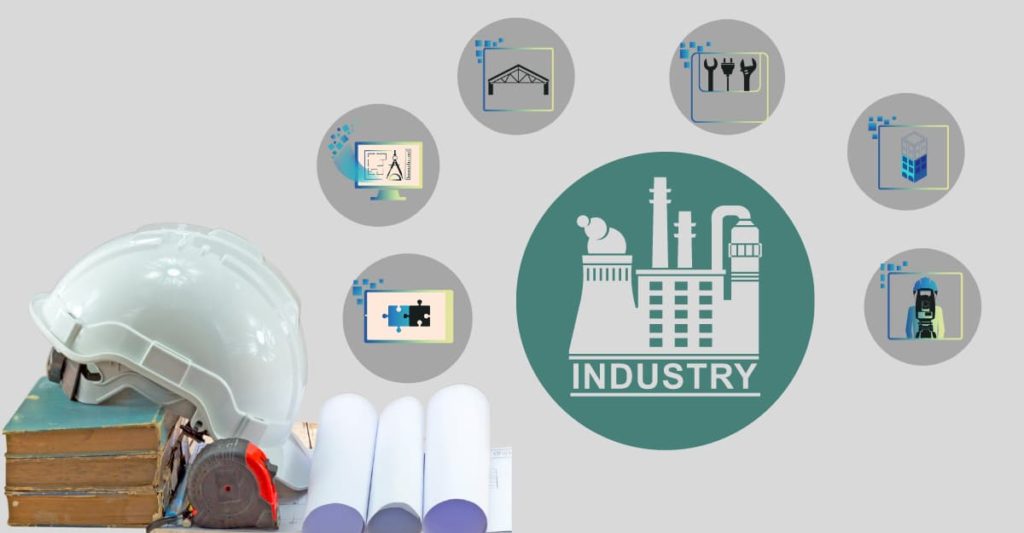What is Total Design?
The total design is a process of design that considers the entire system comprehensively as against the conventional method of silo system of designing. Hence, architects and engineers use this philosophy for designing industrial projects with successful results.
The focus of Industrial Consultants, Architects and Engineers
Generally, industrial consultants, architects and engineers using this approach focus on :
- Integrating all disciplines
- User Experience
- Economy
- Ecology
- Aesthetics
- A flexible design
Process
- This approach starts with questioning and understanding the client’s requirement
- Knowing the impact on the environment.
- This approach works on improving functionality while meeting project goals.
- A 360-degree view of design.
- It is an iterative process.
- Also, needs of product, process, people and organization
Furthermore, the total design philosophy has gone through multiple changes through the years. Usually, this process involves multiple design charette to achieve the project goals. As a result of the brainstorming sessions and integrating all the disciplines an innovative design solution is achieved. The sessions also ensure that the entire project team are on the same page.
Advantages
Architects and engineers and industrial consultants choose total design over the conventional style of designing. But, some of the advantages of total design philosophy are:
- Increased and improved coordination and collaboration between disciplines
- It eliminates many problems that come up during the conventional/ Silo style of designing
- The design process is faster, and design deliverables faster
- There are lesser change requests.
- The architects and engineers in the project can anticipate bottlenecks quicker and resolve them
- Lesser downstream risks, improved operability and maintenance
- Clashes between disciplines during construction are lesser.
- Optimized design
- Additionally, mistakes are minimized
Finally, to conclude the total design approach is the best for any industrial project. Consequently, the architects and engineers for this project can provide their deliverables in a faster time.












